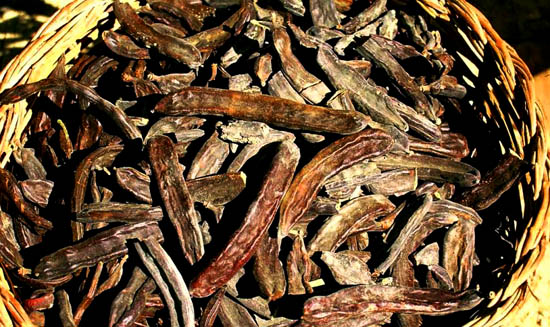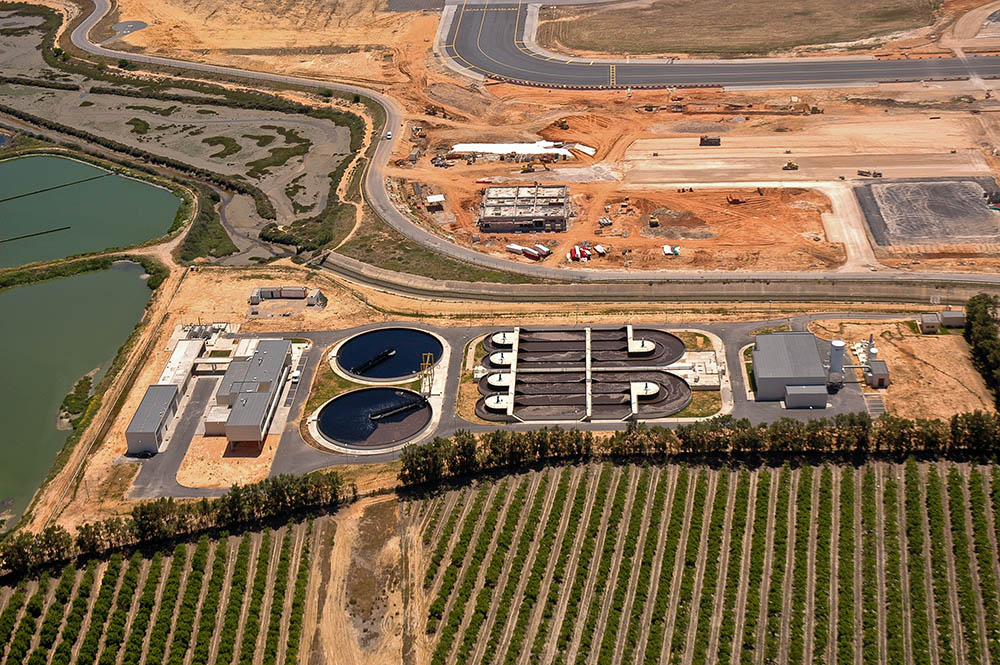 Carob and cork waste and also coagulating biopolymers, produced from acacia extracts, will be tested for the removal of pharmaceutical compounds in urban Water and Waste Treatment Plants (WWTP) in the Algarve and in Lisbon and Vale do Tejo.
Carob and cork waste and also coagulating biopolymers, produced from acacia extracts, will be tested for the removal of pharmaceutical compounds in urban Water and Waste Treatment Plants (WWTP) in the Algarve and in Lisbon and Vale do Tejo.
In the Algarve region, the company Águas do Algarve, which is part of the group of entities involved in the project, will carry out 'pilot scale tests at the WWTP in Faro Northwest”, where “various adsorbent chemical products, produced from endogenous waste – such as carob and cork – and coagulating biopolymers, produced from acacia extracts, will be tested”. In Lisbon, the tests will take place at the WWTP in Beirolas.
This Research and Development (R&D) project, under the LIFE 2014-2017 Program, Environment subprogram, costs just over one million euros, of which 850 come from European Union support.
In the case of research to be carried out at the WWTP of Faro Northwest, the budget allocated to it reaches close to 160 thousand euros.
The use of locust bean, cork and acacia waste products aims to test the «efficiency» of these by-products in removing about 20 pharmaceutical compounds from urban wastewater treatment plants, taking into account «their low cost and minimization of associated energy consumption».
 The project is called Improving current controlling barriers for pharmaceutical compounds in urban wastewater treatment plants, hence deriving the acronym IMPETUS, and began last January, ending on June 30, 2019, under the coordination of LNEC (National Civil Engineering Laboratory).
The project is called Improving current controlling barriers for pharmaceutical compounds in urban wastewater treatment plants, hence deriving the acronym IMPETUS, and began last January, ending on June 30, 2019, under the coordination of LNEC (National Civil Engineering Laboratory).
In addition to Águas do Algarve, it has the participation of the companies EHS – Environmental and Regional Development Consulting and EPAL/Águas de Lisboa and Vale do Tejo, the Faculty of Sciences of the University of Lisbon, Faculty of Pharmacy of the University of Lisbon and the University of Algarve .
Taking into account the “demonstration character” of the project, the aim is that the technologies that will be “successfully tested can be applied in other treatment systems at European level”.

















Comments